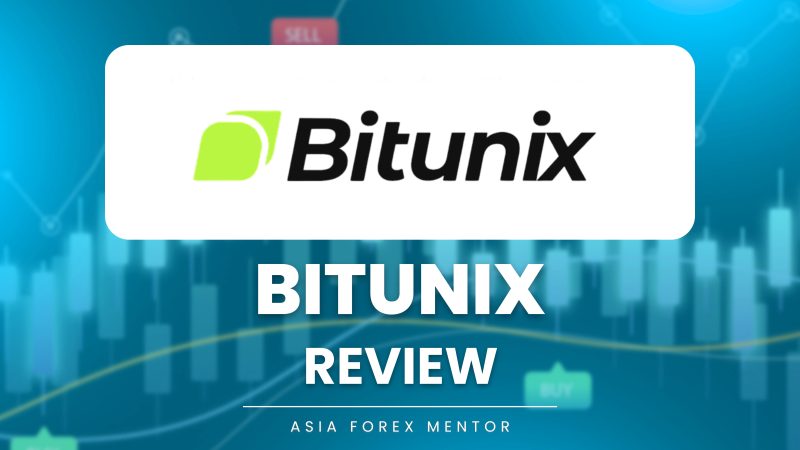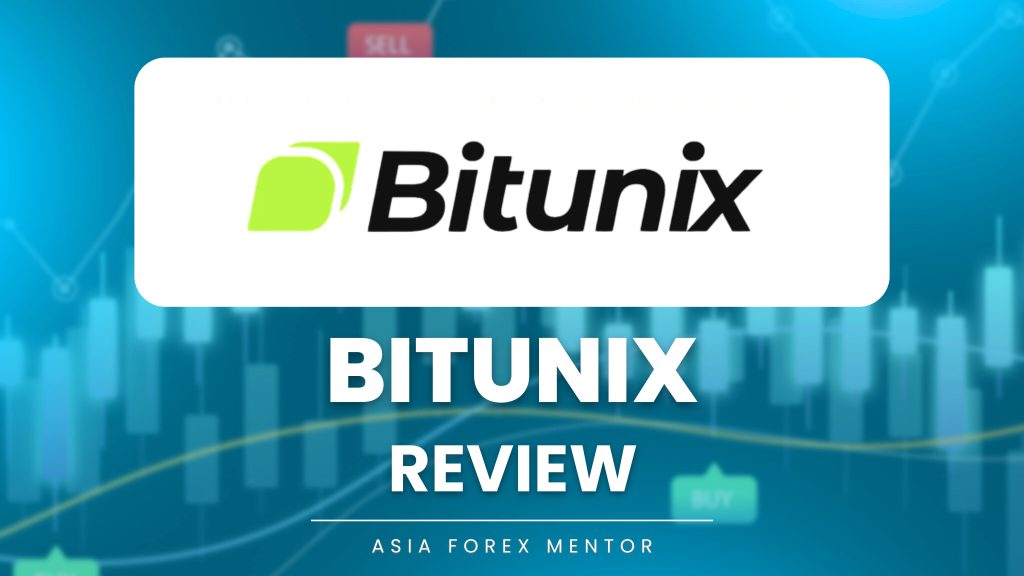In the dynamic world of forex trading, understanding the essential terminology and jargon is vital for traders to effectively navigate the market and make informed decisions. These specialized terms serve as the language of the forex industry, allowing traders to communicate and comprehend the intricacies of the market.
Moreover, knowing these Forex trading terms is essential for staying updated with market trends, analyzing trading strategies, and effectively managing risk. Whether you are a beginner or an experienced trader, having a comprehensive knowledge of forex trading terminology is vital to your success.
In this in-depth article, we will explore the essential terms and jargon that every trader should know, providing you with a solid foundation to enhance your trading skills and understanding.
Also Read: What are the Different Types of Traders?
The Importance of Forex Trading Terminology
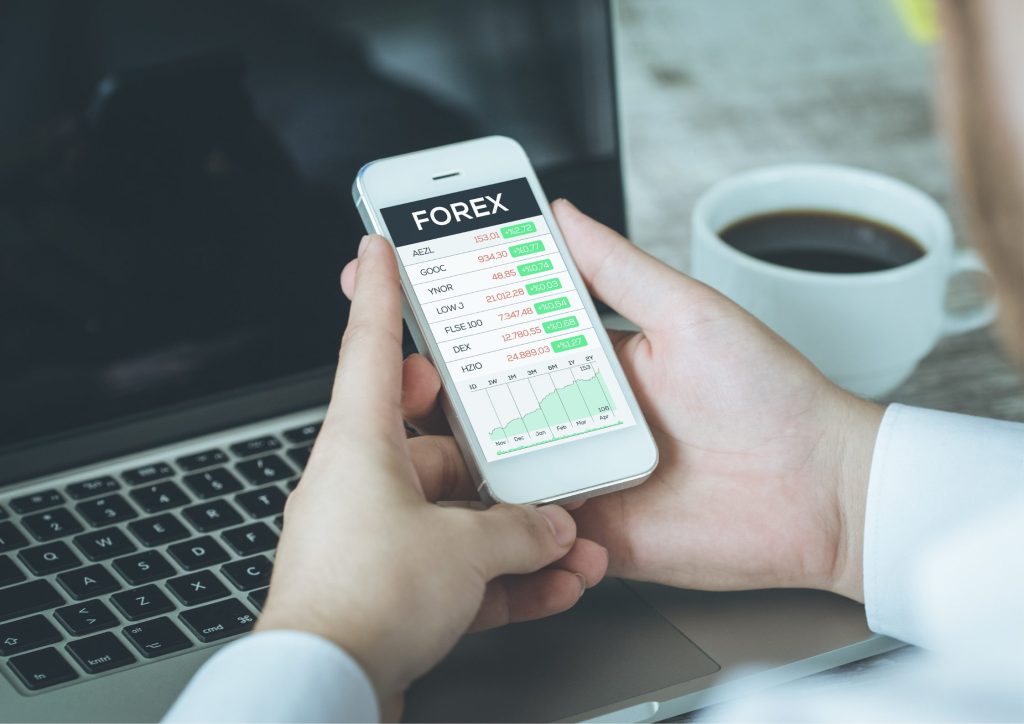
Forex trading terminology plays a crucial role in facilitating clear communication and understanding among traders worldwide. These terms provide a common language that ensures traders can effectively communicate their strategies, positions, and market analysis.
By understanding and using the correct trading terminology, traders can effectively communicate, exchange ideas, seek advice, and collaborate within the forex community.
Whether discussing market price movements, analyzing forex transactions, or exploring various trading strategies, having a firm grasp of key terms such as trading forex, market price, forex brokers, forex transaction, forex trade, stock market, trading account, start trading forex, counter currency, and particular currency is essential.
From choosing the right forex brokers and setting up a trading account to executing successful forex trades and navigating the intricacies of the stock market, familiarity with these terms empowers traders to make informed decisions and navigate the dynamic world of forex trading with confidence.
So, whether you're a novice trader looking to start trading forex or an experienced trader seeking to refine your strategies, mastering the popular jargon of the forex market is a crucial step toward success.
Origins and Evolution of Forex Trading Terminology

The origins of forex trading terminology can be traced back to the early days of foreign exchange trading. As the forex market evolved and gained prominence, the need for a standardized set of terms became evident.
Over time, industry professionals, traders, and institutions collectively coined and established the terminology that is widely used today.
As the forex market continues to evolve, new terms and jargon emerge to capture the nuances of market dynamics, technological advancements, and trading strategies. Staying updated with the evolving terminology is essential for traders to remain informed and adapt to the ever-changing landscape of the forex market.
Furthermore, understanding forex trading terminology is essential for staying informed and up to date with market news, analysis, and educational resources. Financial publications, trading platforms, and educational materials extensively employ these terms to convey information and insights to traders.
By having a solid grasp of the terminology, traders can navigate these resources with ease, extract valuable information, and make informed trading decisions.
Now, let's dive into the essential forex trading terms and jargon that every trader should know.
Currency Pair
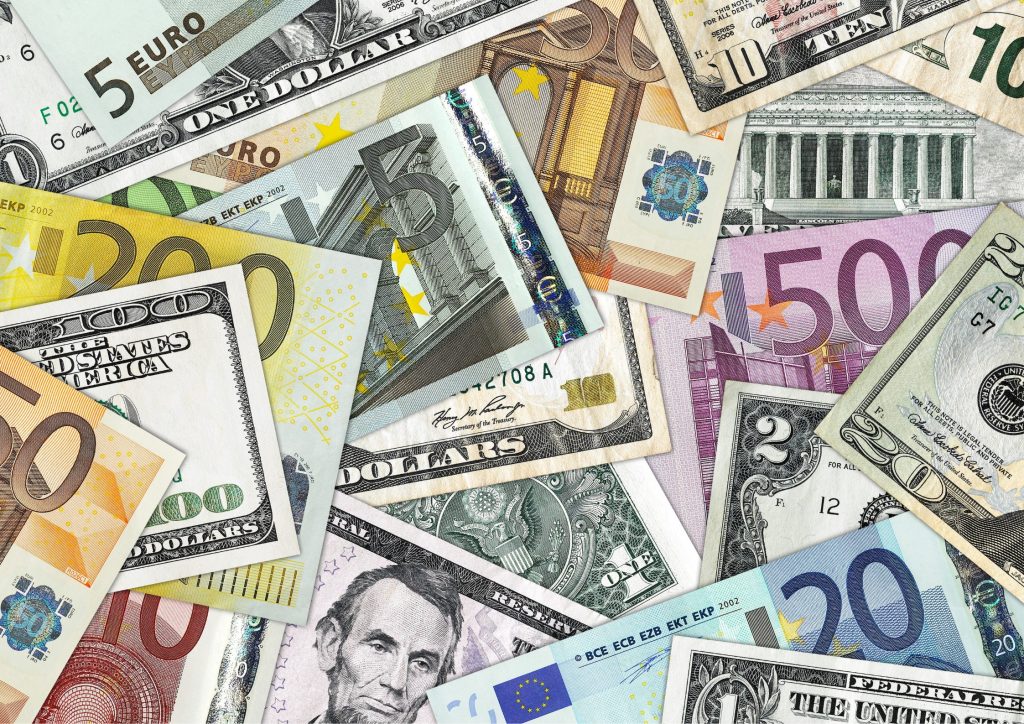
A currency pair consists of two currencies traded in the forex market. It represents the exchange rate between the two currencies and is expressed as a ratio. For example, EUR/USD represents the exchange rate between the Euro and the US Dollar.
Exchange Rate
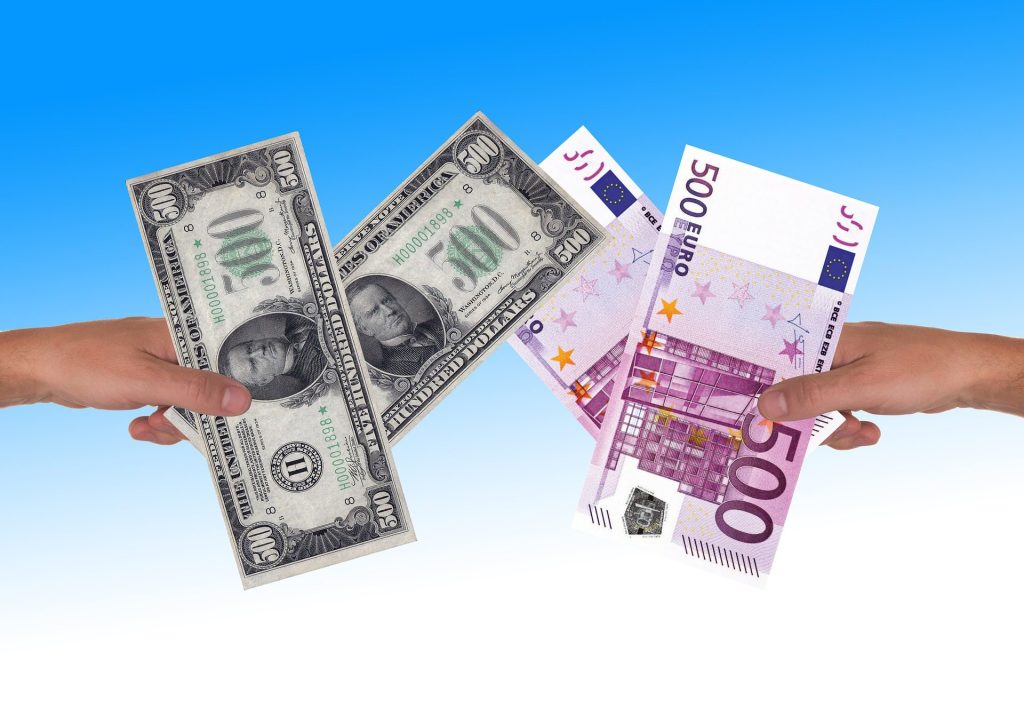
The exchange rate refers to the value at which one currency can be exchanged for another currency. It is determined by the forces of supply and demand in the forex market. Exchange rates fluctuate continuously due to various factors, such as economic indicators, geopolitical events, and market sentiment.
Base Currency and Quote Currency
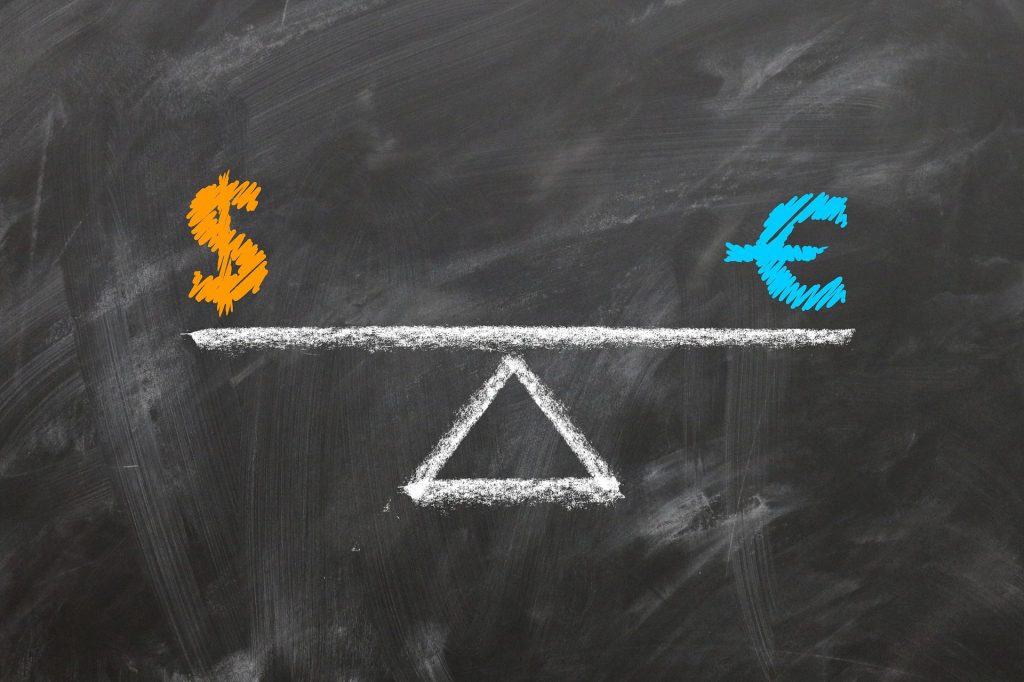
In a currency pair, the base currency is the first currency listed, and the quote currency is the second currency listed. The base currency represents the unit of measurement, while the quote currency represents the value of the base currency in relation to the quote currency.
For example, in the EUR/USD currency pair, the Euro is the base currency, and the US Dollar is the quote currency.
Long Position (Buy) and Short Position (Sell)

A long position refers to buying a currency pair with the expectation that its value will rise. Traders aim to profit from an increase in the exchange rate. On the other hand, a short position involves selling a currency pair with the anticipation that its value will decline. Traders can profit from a decrease in the exchange rate.
Bid Price and Ask Price

The bid price is the highest price that buyers are willing to pay for a currency pair. It represents the market price for selling the base currency. The asking price, on the other hand, is the lowest price at which sellers are willing to sell the currency pair. It represents the market price for buying the base currency.
Spread
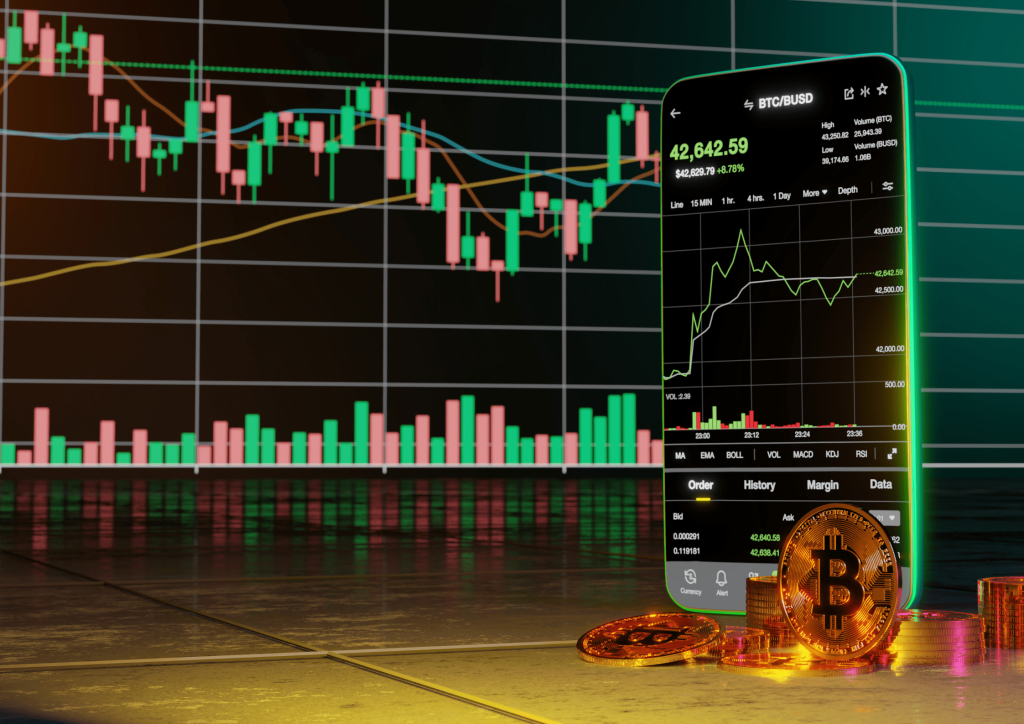
The spread refers to the difference between the bid and asks prices of a currency pair. It represents the transaction cost for traders and is typically measured in pips. A narrower spread indicates higher liquidity and lower trading costs, while a wider spread may be seen during periods of volatility or low liquidity.
Pips
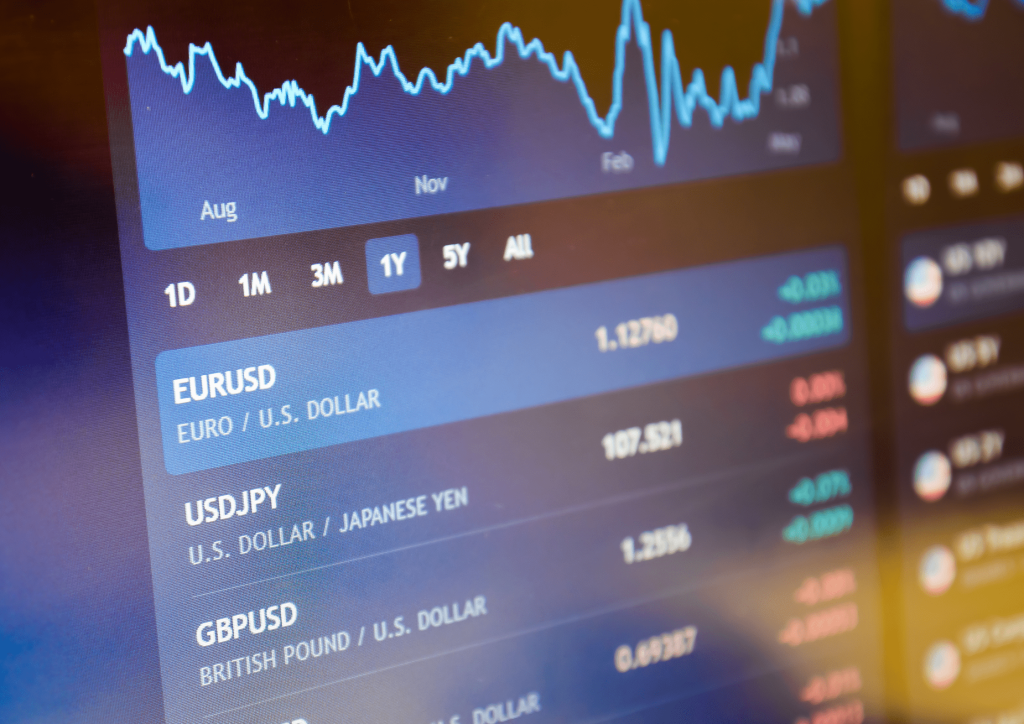
Pips are the smallest unit of measurement in forex trading. They represent the price movement of a currency pair and are used to calculate profits and losses. Most currency pairs are quoted to four or five decimal places, and the pip is the fourth or fifth decimal place. For example, a move from 1.2500 to 1.2501 represents a one-pip change.
Lot Sizes
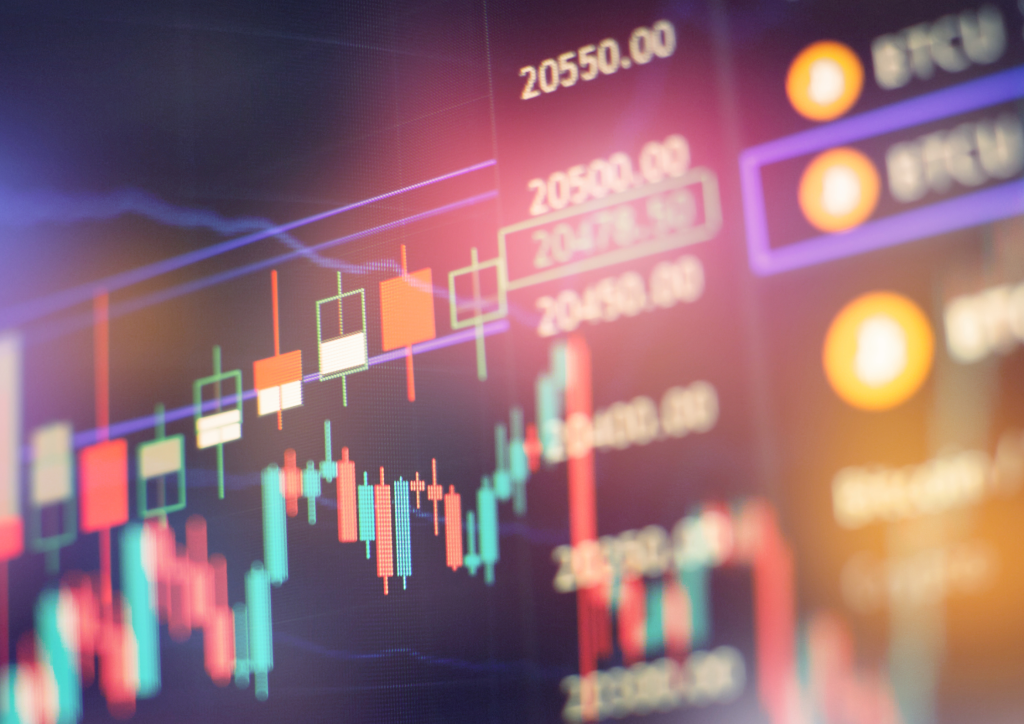
Forex trades are conducted in standardized lot sizes. A standard lot is equivalent to 100,000 units of the base currency. Mini lots represent 10,000 units, and micro-lots represent 1,000 units. The lot size determines the volume of trade and affects the potential profit or loss. Traders can adjust the position size based on their risk tolerance and account balance.
Leverage

Leverage allows traders to control larger positions in the market with a smaller investment. It is expressed as a ratio, such as 1:100 or 1:500. With leverage, traders can amplify potential profits. However, it's important to note that leverage also magnifies potential losses, so it should be used judiciously and with proper risk management.
Margin
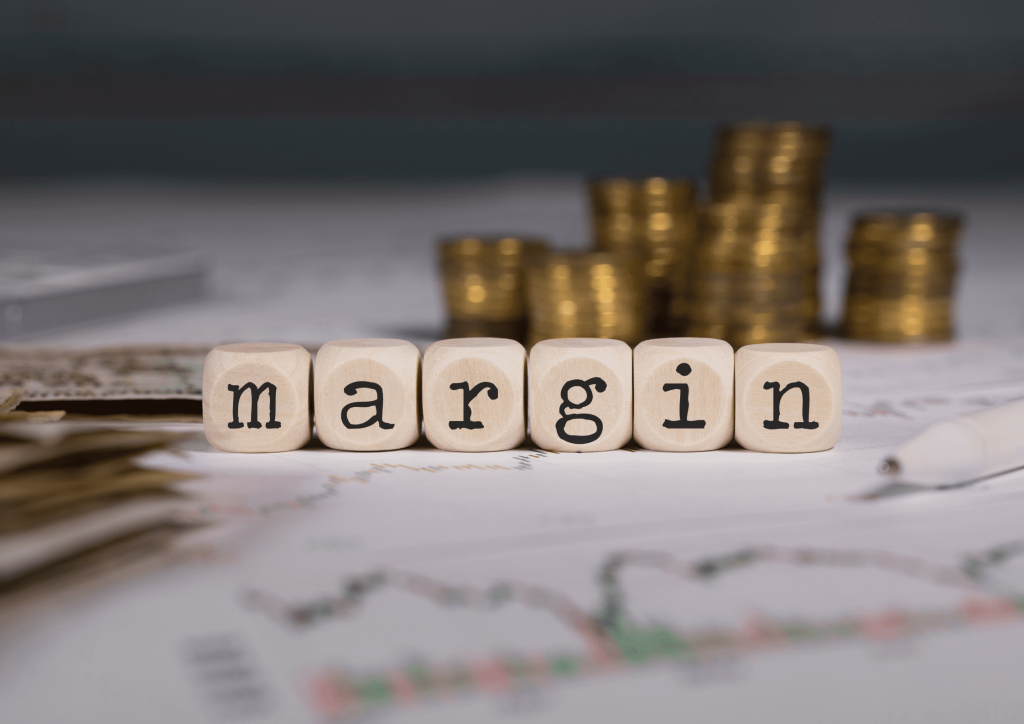
Margin refers to the collateral required to open and maintain a leveraged position in the forex market. It is a fraction of the total trade value that traders must deposit with their broker. Margin requirements vary based on the leverage ratio and the currency pair traded. Margin allows traders to access larger market exposure, but it also carries the risk of potential losses exceeding the deposited margin.
Stop Loss

A stop-loss order is a risk management tool that allows traders to set a predetermined price at which their position will be automatically closed. It helps limit potential losses if the market moves against its position. By setting a stop-loss order, traders can protect their capital and manage risk by defining the maximum acceptable loss on a trade.
Take Profit

A take-profit order is a risk management tool that allows traders to set a predetermined price at which their position will be automatically closed to secure profits. It ensures that traders don't miss out on potential gains if the market moves in their favor. By setting a take-profit level, traders can lock in profits and have predefined exit points for their trades.
Margin Call
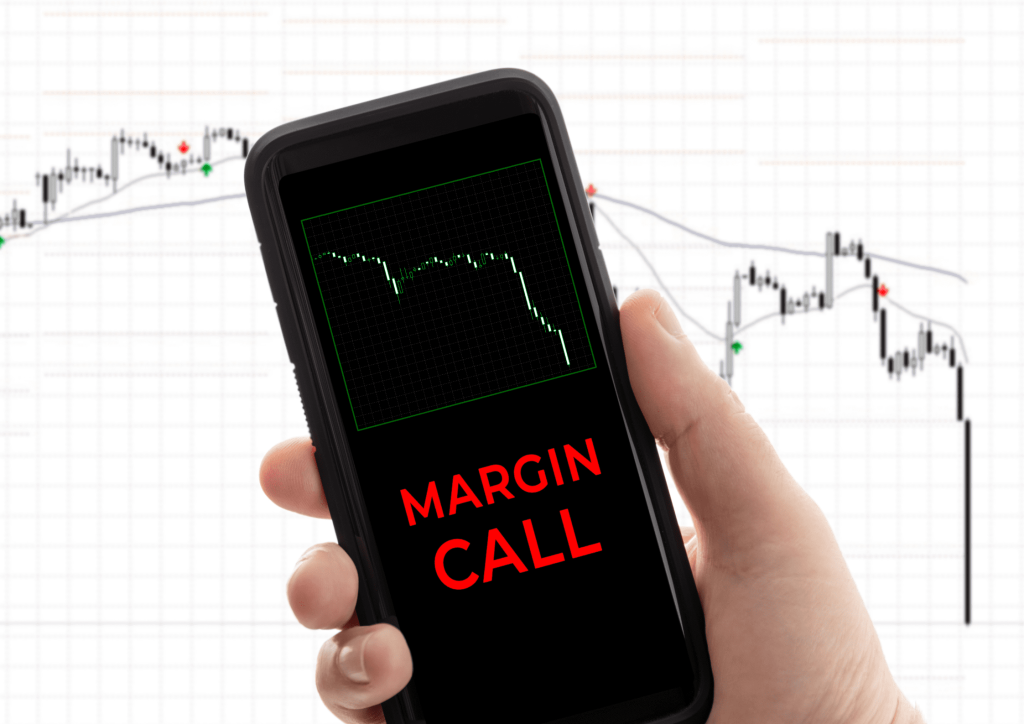
A margin call occurs when a trader's account equity falls below the required margin level. It is a notification from the broker that additional funds need to be deposited to maintain open positions. Margin calls help protect both the trader and the broker by preventing excessive losses and potential negative balances.
Gapping

Gapping refers to the occurrence of an opening price that significantly differs from the previous day's closing price, with no trading activity in between. It can happen during periods of high market volatility, such as news announcements or market gaps over weekends. Gaps can affect order execution and fill prices, leading to slippage or unexpected outcomes.
Takeaway
In conclusion, mastering forex trading terminology is a crucial aspect of becoming a successful trader. These essential terms and jargon provide the foundation for effective communication, analysis, and decision-making in the forex market. By understanding concepts such as currency pairs, exchange rates, bid/ask prices, pips, leverage, and risk management tools, traders can navigate the market with confidence and make informed trading decisions.
With a solid grasp of forex terminology, traders can interpret market information accurately, communicate effectively with other market participants, and utilize trading platforms to their fullest potential. Moreover, understanding these terms allows traders to implement effective strategies, manage their trades efficiently, and mitigate risks effectively.
Continual education and staying updated on the evolving nature of the forex market are crucial for expanding one's knowledge of forex trading terminology. Taking advantage of educational resources, online courses, and reputable websites, and engaging with the trading community can further enhance your understanding and proficiency in forex terminology.
By investing the time and effort to learn and master forex trading terminology, you set yourself up for greater success and growth as a trader. So, embrace the challenge, explore the depths of these essential terms, and empower yourself with the knowledge necessary to navigate the dynamic world of forex trading.
Remember, knowledge is power and a strong foundation in forex trading terminology is the key to unlocking your full potential as a trader in the exciting and potentially rewarding forex market.
Frequently Asked Questions
Why is it important to know forex trading terminology?
Knowing forex trading terminology is essential for effective communication, understanding market analysis, and making informed trading decisions. It allows traders to communicate their strategies, positions, and market analysis clearly and precisely.
Who coined forex trading terminology?
Forex trading terminology was collectively developed by industry professionals, traders, and institutions over time to establish a standardized set of terms for effective communication within the forex market.
How does understanding forex trading terminology, benefit traders?
Understanding forex trading terminology enables traders to stay informed with market news, analysis, and educational resources. It enhances their ability to comprehend market insights, navigate trading platforms, and make informed trading decisions based on accurate information.






